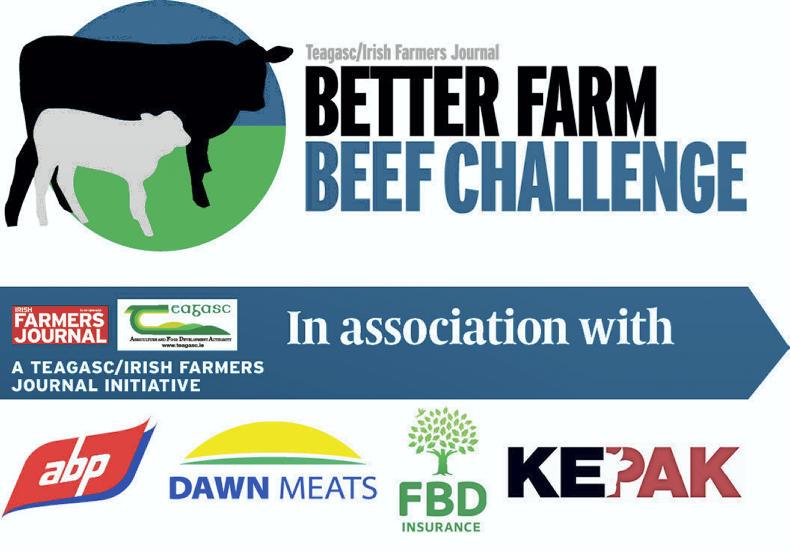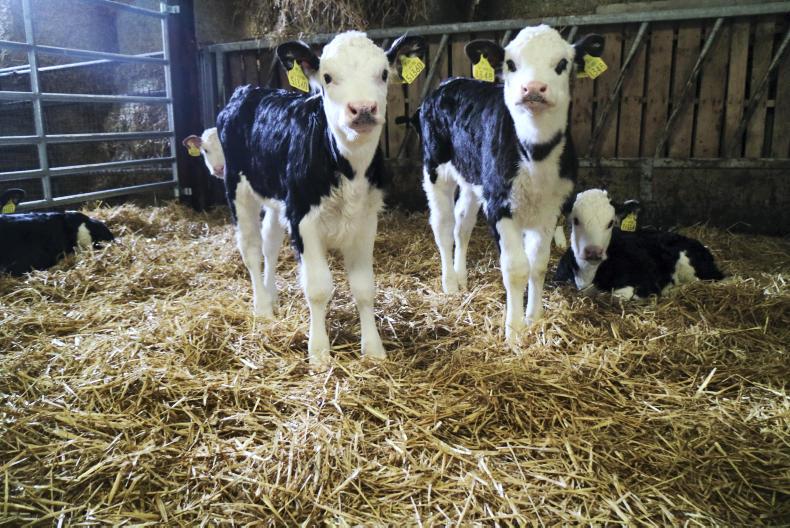Ricky Milligan farms 64ha at Robertstown, Co Kildare, in partnership with his father Henry. He runs a spring-calving suckler herd, finishing male progeny as steers at 24 months, as well as a dairy calf-to-beef enterprise.
Many of our BETTER farmers have turned, or are turning toward dairy calf to beef enterprises to boost their farm’s output, having reached their own personal limits in terms of suckler cow numbers.
“This year we’ve bought in 39 Hereford-cross (Holstein/Montbeliarde) calves. They came in three batches – one of 18 and one of 12 early in the spring, and the last nine just before Good Friday. We get all of our calves from the same farm in Tipperary.
A look inside Kildare BETTER farmer, Ricky Milligan's, enterprise. More tonight on farmersjournal.ie #BETTERfarm #beef pic.twitter.com/TzmYv0ky8W
— FJ Beef (@FJBeef) May 2, 2017
Breeding
“The first two groups are just weaned and eating in excess of 1kg of ration. They’re around 10 weeks of age and still indoors at this point. Once breeding gets going in the suckler herd, the dairy calves will run ahead of the cows and get the pick of the grass – hopefully from next week. I’ll keep them on 1kg of ration until late July. It’s only really at this point that they’re developed enough to eat big volumes of grass,” Ricky said.

Health
In terms of managing these calves, on arrival they immediately receive an electrolyte/vitamin mix and 20ml of vecoxan within a few days. The latter measure is taken on veterinary advice after an outbreak of blood scour some years back on the farm.
Ricky feeds his calves six litres of milk replacer daily, split in two equal feeds at consistent times. Milk replacer is 24% crude protein and fed at a rate of 125g/litre.
Elsewhere on the farm, cows are one week into the breeding season and Ricky estimated that four of the 40 cows have been served.
“I am a bit disappointed with my heifers. Their heats have been very faint. I am going to use estrumate to synchronise them in the coming days. I will AI naturally for six days, inject anything not bred on day seven and hopefully this will see them all served."







 This is a subscriber-only article
This is a subscriber-only article













SHARING OPTIONS: